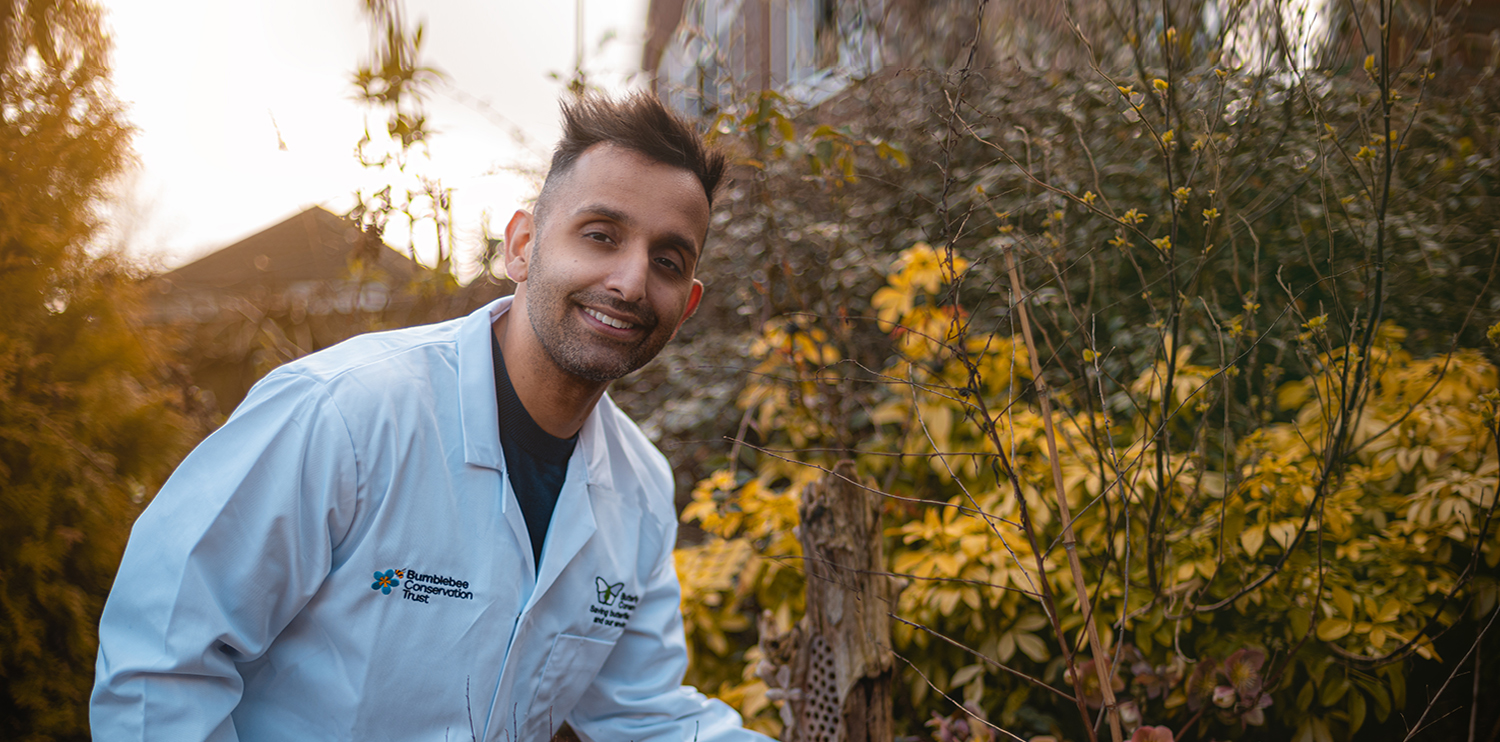The practice of cultivating plants in containers can be traced back to early human civilisations such as in China, Greece and Rome. Today, container gardening is as popular as ever, bringing flowers to part of any landscape, whether a patio, balcony or windowbox.
Container gardening with flowers is a great way to instantly introduce colour, fragrance, and beauty into our lives. You can grow shrubs, perennials or annuals in tubs. By using suitable peat-free compost, you can also branch out into plants that don’t suit your soil – either acid or alkaline. The combinations are endless.
Plant colour combinations
The following plants should all be in flower through the Big Butterfly Count from 17 July to 8 August, providing nectar for garden butterflies such as the Peacock, Small Tortoiseshell and Red Admiral. You could select from the following suggestions to create single colour pots or mix them up.
Blue/lilac
 Lavender
Lavender
Hyssop
Cornflower Centaurea cyanus
Small Scabious Scabiosa columbaria
Salvia farinacea Sea of Butterflies
Lobelia
White (but most also come in pink versions too)
 Argyranthemum
Argyranthemum
Phlox
Cosmos
Nicotiana
Yarrow Achillea millefolium
Night-scented Stock
Candytuft
Pink
 Buddleia davidii
Buddleia davidii
Mallow Lavatera Barnsley Baby
Hebe
Aster
Red Valerian Centranthus ruber
Verbena bonariensis
Wild Marjoram Origanum vulgare
Orange/yellow
 Nasturtium Tropaeolum majus
Nasturtium Tropaeolum majus
Sneezeweed Helenium
Pot Marigold Calendula officinalis
Orange Daisy Erigeron aurantiacus
Evening Primrose Oenothera biennis
Wildflowers
You could also sprinkle a packet of mixed wildflower seed onto a tub. After flowering leave it to reseed before trimming the dead stems the following spring and it should come back every year. My tub with a mixture including Oxeye Daisy and Common Bird’s-foot-trefoil has been on the go since 2012.
Planting up the container
Clay pots are usually more attractive than plastic ones, but plastic pots retain moisture better.
You can use any kind of container - be inventive - but be sure to create drainage holes.
- Place broken crocks or stones in the bottom of the container for drainage.
- Fill with compost to a few centimetres below the rim. If using a large pot, remember to put it in position before adding the compost.
- Place the plants on the compost to work out a suitable arrangement. A common composition is to have a tall plant in the centre surrounded by a few smaller ones and then trailing ones around the edge.
- Starting from the middle, scoop the compost out and firm the plant in.
- Fill up with compost around the plants, but don’t go right to the top of the container, to allow space for watering.
- Water till it starts to come out of the drainage holes.
- Remember to check the pots every day in warm weather and to deadhead regularly after flowering.
Container gardening is an easy way to bring a splash of colour to your garden, whatever the size. It is also a great chance to experiment with different pot, plant and colour combinations.
Have fun designing and I’m sure that the butterflies, moths and bees will delight in your efforts.
Happy Gardening!
The Secret Gardener


